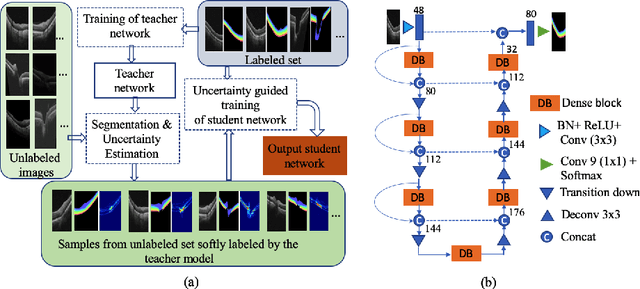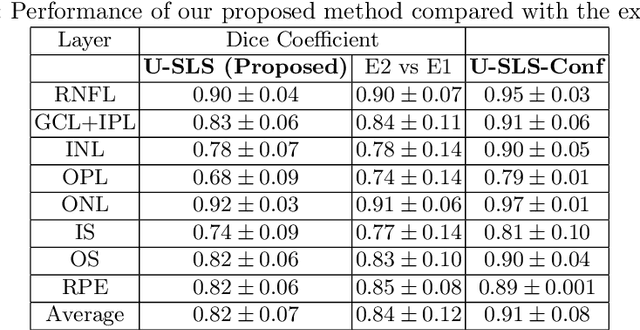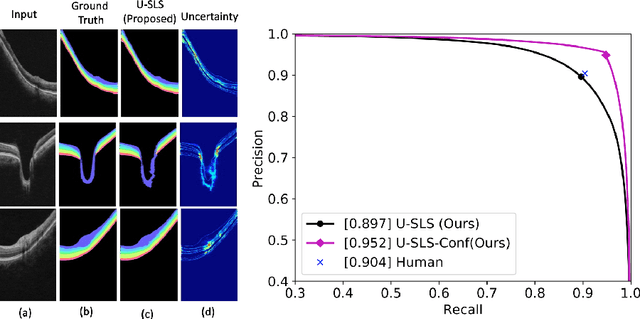Wollstein Gadi
Self-supervised OCT Image Denoising with Slice-to-Slice Registration and Reconstruction
Dec 08, 2023



Abstract:Strong speckle noise is inherent to optical coherence tomography (OCT) imaging and represents a significant obstacle for accurate quantitative analysis of retinal structures which is key for advances in clinical diagnosis and monitoring of disease. Learning-based self-supervised methods for structure-preserving noise reduction have demonstrated superior performance over traditional methods but face unique challenges in OCT imaging. The high correlation of voxels generated by coherent A-scan beams undermines the efficacy of self-supervised learning methods as it violates the assumption of independent pixel noise. We conduct experiments demonstrating limitations of existing models due to this independence assumption. We then introduce a new end-to-end self-supervised learning framework specifically tailored for OCT image denoising, integrating slice-by-slice training and registration modules into one network. An extensive ablation study is conducted for the proposed approach. Comparison to previously published self-supervised denoising models demonstrates improved performance of the proposed framework, potentially serving as a preprocessing step towards superior segmentation performance and quantitative analysis.
Uncertainty guided semi-supervised segmentation of retinal layers in OCT images
Mar 02, 2021



Abstract:Deep convolutional neural networks have shown outstanding performance in medical image segmentation tasks. The usual problem when training supervised deep learning methods is the lack of labeled data which is time-consuming and costly to obtain. In this paper, we propose a novel uncertainty-guided semi-supervised learning based on a student-teacher approach for training the segmentation network using limited labeled samples and a large number of unlabeled images. First, a teacher segmentation model is trained from the labeled samples using Bayesian deep learning. The trained model is used to generate soft segmentation labels and uncertainty maps for the unlabeled set. The student model is then updated using the softly segmented samples and the corresponding pixel-wise confidence of the segmentation quality estimated from the uncertainty of the teacher model using a newly designed loss function. Experimental results on a retinal layer segmentation task show that the proposed method improves the segmentation performance in comparison to the fully supervised approach and is on par with the expert annotator. The proposed semi-supervised segmentation framework is a key contribution and applicable for biomedical image segmentation across various imaging modalities where access to annotated medical images is challenging
* MICCAI,19
 Add to Chrome
Add to Chrome Add to Firefox
Add to Firefox Add to Edge
Add to Edge